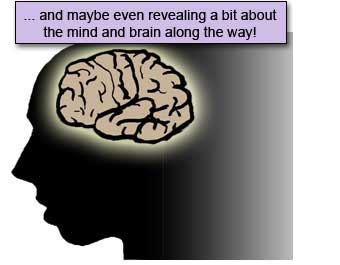Iconic Identification Examined
May 25th, 2009
 Neil Cohn sends news of a Korean neuroscience study testing the iconic identification theory from Understanding Comics Chapter Two. (Does everyone get emails like this or is it just me?). Peculiar but interesting reading.
Neil Cohn sends news of a Korean neuroscience study testing the iconic identification theory from Understanding Comics Chapter Two. (Does everyone get emails like this or is it just me?). Peculiar but interesting reading.
Meanwhile, a bit closer to my old stomping grounds in Medford, Massachusetts, Neil himself has been hard at work with theories, essays, and studies of his own for some time, all of which can be found at his extensive site. He’s even posted a reaction to the Korean study here.














So you’re in cahoots with the Koreans, are ya?
Very interesting. It seems that we’re so disgusted with one another as human beings that we relate better to caricatures of ourselves.
This means that your readers are more empathetic to the little guy with the zot t-shirt and checkered jacket than to the guy who dresses in black and cusses a lot 🙂 makes sense!
Black checkered shirts, I’ll have you know, Sir.
Looking at the study, I can’t help but wonder if we empathize more with iconic or cartoony characters more because of the way we slowly learn to perceive faces and the world around us. Is it possible that, as children, we initially see faces as nothing more than blobs with dark areas for eyes and nose, a line for the mouth? If so, does this possibly mean that the cartoony version hits something primal like this and that’s why we identify with it so much more directly?
The test was humorously also as male-biased as American comic books always have been. The images, shown mostly to men, depict super hero males duking it out with women as only subordinate characters at best. I think it would have been more telling to have separate groups of men and women with cartoons that would have appealed to each group in different ways, and then expose both groups to both situations. That might have yielded more interesting results.
On the other hand, it’s very cool to have someone playing in your sandbox this way, huh? Good for you, Scott!
For a second there, I was worried I had just been scooped by the Koreans! I’m a freshly-graduated cognitive neuroscience student, and my senior project involved using EEG to determine the difference between encoding realistic and abstract (caricatured) faces (our original proposal involved a scale based on the “face pyramid” on p.52-53 in Understanding). We didn’t find much evidence to support our theories, but presented it at a few places anyways.
There’s all kinds of great ideas for perceptual studies in your books, so thanks!